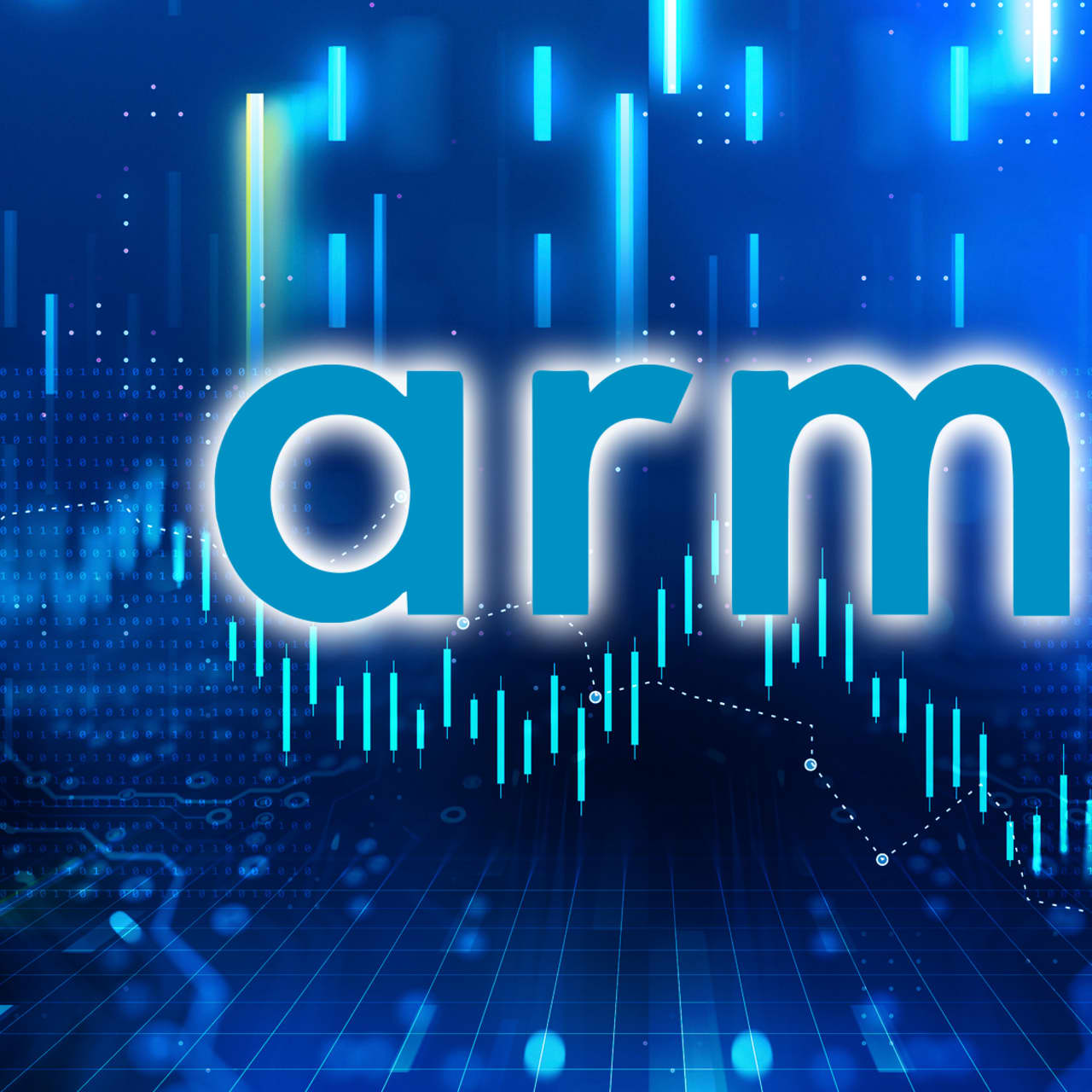Arm Ltd. CEO Rene Haas is promoting a pivot in the company's strategy as it prepares for its upcoming initial public offering (IPO). Haas emphasizes that Arm is not just benefiting from the industrywide growth in cloud computing and artificial intelligence but also from a fundamental change in its own operations.

Traditionally, Arm's main focus has been designing chips for smartphones and other electronics, selling the technology at a low cost to companies like Qualcomm Inc. However, Arm has now shifted to a "purpose-built approach" targeting specific products in key growth areas. This approach caters to the urgent needs of companies in the mobile device, cloud computing, car electronics, and internet-connected technology sectors.
Effectively communicating this message is crucial for achieving the desired valuation. Arm initially aimed to raise $54.5 billion in its IPO but could potentially raise the price range due to overwhelming investor interest. The IPO is oversubscribed by 10 times, and order-taking may close earlier than planned. Despite this, Arm still plans to price its shares on Wednesday.
To demonstrate that Arm is a different company, the IPO video presentation includes endorsements from industry figures such as Nvidia CEO Jensen Huang and James Hamilton, the architect of much of Amazon.com Inc.'s AWS hardware. Huang praised Haas' shift into new markets, particularly the artificial intelligence ecosystem. Nvidia, the current most valuable chip company, supports Arm's IPO and intends to be a strategic investor.
Haas' overhaul of Arm was prompted by Nvidia's failed attempt to acquire the company for $40 billion in 2022. Haas argued that although Arm played a significant role in defining technology in the mobile and computing industries, it wasn't being adequately compensated.
Arm's designs are widely adopted in the chipmaking industry. Companies like Qualcomm and Broadcom license Arm's partial designs and computer code, incorporating them into their own chips. Arm's designs adhere to industry standards, ensuring compatibility with various forms of technology, which is why they are present in nearly every mobile phone on the market.
When SoftBank Corp.'s Masayoshi Son acquired Arm, his vision was to extend the compatibility provided by Arm to the Internet of Things. Son believed that as more devices became connected, the same coherency around standards would drive rapid growth in the IoT market.
Haas, however, has redirected Arm's focus. He has moved the company beyond licensing basic chip building blocks and now provides customers with complete designs that can be taken directly to the factory for production. This shift has allowed Arm to charge higher royalty rates per device, given the increased technological capabilities offered by its designs.
The pivot aligns with a broader industry trend, as major technology companies like Apple, Amazon, Google, Microsoft, and their Chinese counterparts opt to develop their own chip designs to better suit their specific needs. This change presents Arm with an opportunity to provide complete chip designs for high-value products with price tags reaching hundreds or thousands of dollars.
While Arm may receive low royalties on smartphone chips, the potential revenue from high-performance processors used in cloud data centers is considerably higher. These chips can contain over a hundred computing cores, allowing Arm to charge over a dollar per core. Arm's CFO, Jason Child, projects that the revenue opportunity in cloud computing will grow to $28 billion by 2025, with a gross margin of 95%.
Arm expects that investments in higher-performance, higher-efficiency, and more specialized designs will drive greater demand for its products and higher value for its customers, resulting in increased royalty fees. This shift positions Arm as a competitor to its chipmaker customers, who aim to add the most value to the computer and phone makers they serve.
A legal dispute between Arm and Qualcomm over licensing fees further highlights the growing tension between Arm and its customers. Chipmakers like Qualcomm would face significant difficulties if they were to switch to an alternative instruction set, as Arm's technology is deeply integrated into their products.
Overall, Arm's pivot and focus on purpose-built designs for specific growth areas reflect its determination to capture new market opportunities and generate higher-value revenues.







